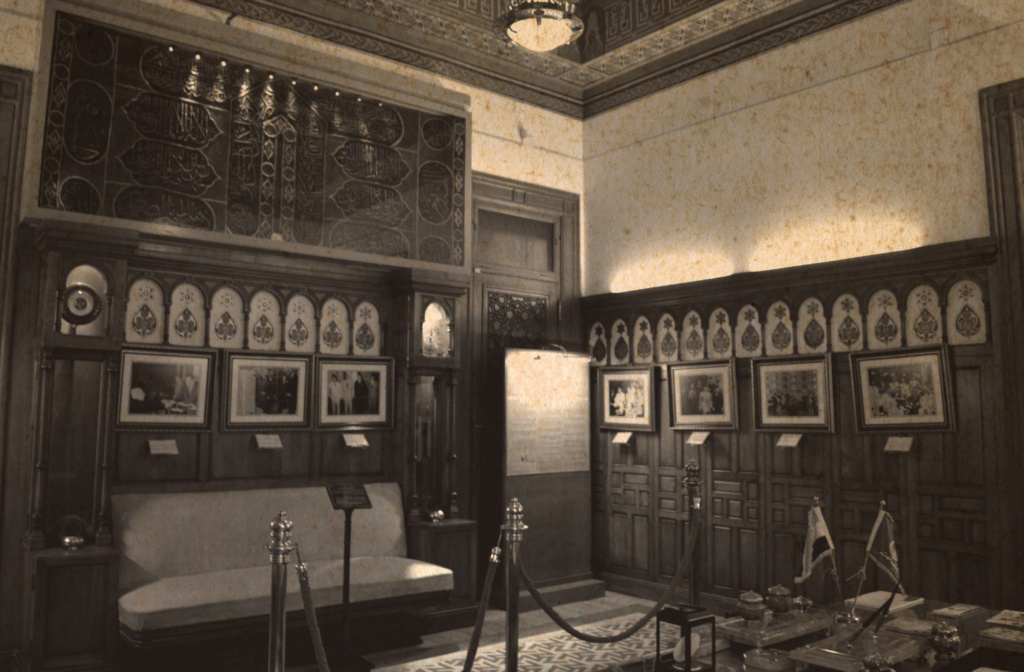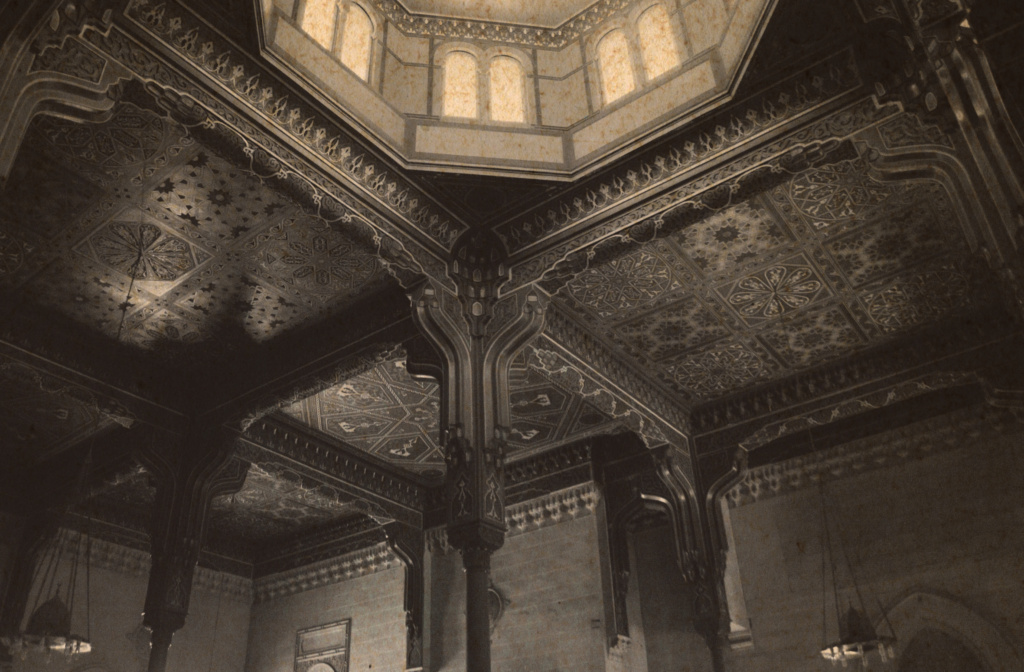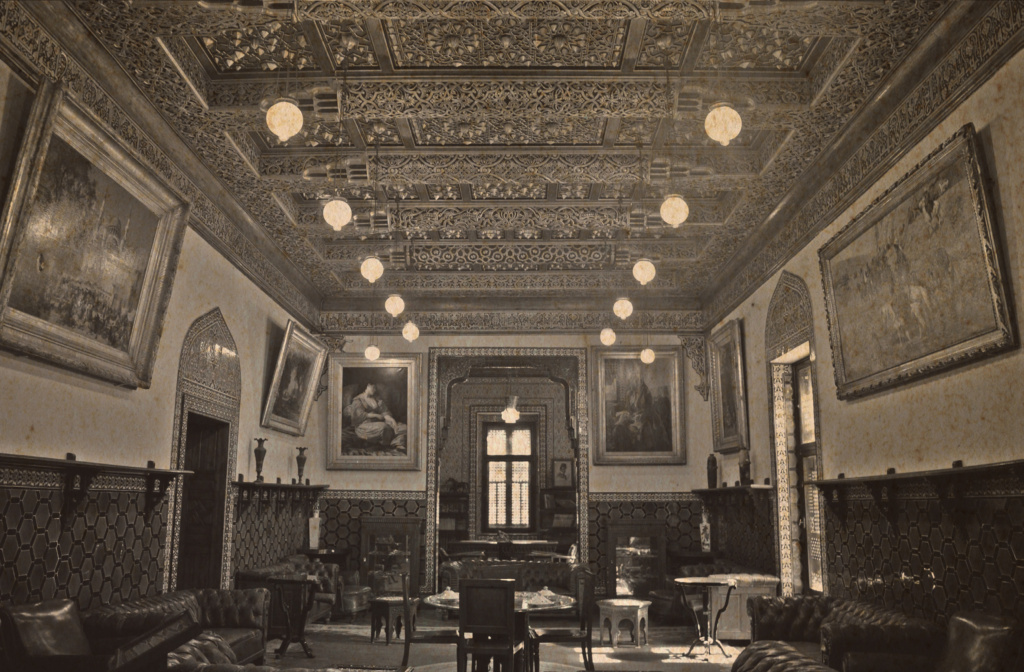
The Belle Epoque Cairo Museum itinerary project has focused on twelve hidden and unknown museums in downtown Cairo. These museums collectively present a comprehensive narrative of the diverse and rich identities and values of the Belle Epoque era (late 18th Century- early 19th Century), during which Egypt witnessed the emergence of cosmopolitan cities with ethnic diversity, plural and eclectic architecture, and flourishing Arts. They constitute three types of cultural heritage: the tangible architectural heritage of high historical significance of the buildings in which they are housed, their tangible exhibits of the Belle Epoque era; and the intangible heritage linked to the specific socio-economic, cultural and political conditions of the Arab renaissance era led by Egypt. They also represent an anchor of the collective memory of the older generation of Egyptians as the constitute valuable depositories of the history of iconic figures in politics, music and literature that have shaped the whole of the Arab world. Despite their high cultural and historical importance, these museums remain unknown to the vast majority of the Egyptians, particularly the younger generation. Their location in down town Cairo and within walking distance from three metro stations means that they are highly accessible but unfortunately not visible. The BECAMI project has facilitated the establishment of emotional ownership by university students and school children of these hidden and unknown museums, by creatively engaging them over a period of one year. It has also increased these museums’ visibility and accessibility.

The Belle Époque Cairo Museums Itinerary (BECAMI ) project has achieved the following key objectives:
- Establish a multidisciplinary collaborative project between UK and Egypt academics to increase the visibility and accessibility of these forgotten ‘Belle Epoque’ museums by the creation of both physical and virtual itineraries, bringing them into thematic and walkable clusters with narratives that weave the tangible and the intangible heritage of the Belle Epoque Era.
- Engage students and school children with these museums through the creation of walking itineraries and narratives, connecting seven of these twelve museums, hence facilitating the emotional ownership of these museums by the younger generation.
- Promote communication between teams of students from different universities and disciplines by collectively engaging them with the museums to co-design art installations, museum signage and publicity material through workshops, a design competition and photography and architectural exhibitions.
- Create a BECAMI website, presenting each of the twelve museums and linking them via a virtual itinerary platform of walkable and thematic clusters, hence increasing their visibility and accessibility to the general public.
- Establish the foundations for the virtual twinning of the Egyptian Railway museum (one of the BECAMI museums) and the National Railway museum in York through their exhibits of the early history of railways and steam engines of Robert Stephenson and UK’s introduction of railways to North Africa.
- Engage school children and their teachers with multidisciplinary teams of university students to co-design educational games in order to enhance the interaction between children and exhibits and encourage curiosity and learning through play.

| Project Reference | AH/N009320/1 |
| Research Subject | Area Studies Cultural & museum studies History RCUK Programmes |
| Funding Organisations |    |

